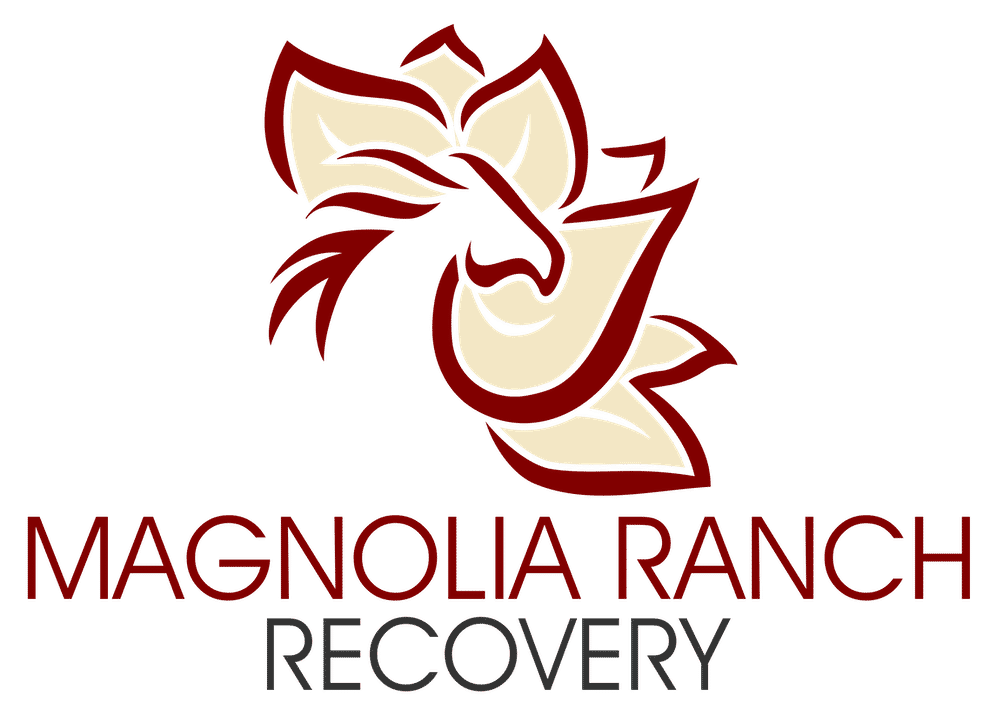Unraveling the Interplay Between Lexapro and Alcohol
Introduction
Lexapro, a member of the SSRI family, has garnered significant attention due to its role in mitigating the challenging symptoms of anxiety and depression. When mixed with alcohol, however, the dynamics change, and a myriad of complexities arise. This comprehensive guide will navigate the deeper intricacies of the Lexapro-alcohol relationship, highlighting scientific findings, potential risks, and offering direction for those navigating this path.
Delving Deeper into Lexapro
Origin and Application
Lexapro, chemically known as Escitalopram, was designed to target major depressive disorders and generalized anxiety disorders. Over the years, its efficacy has established it as a preferred treatment option among medical professionals.
The Science Behind Lexapro
Lexapro operates on the brain’s neurotransmitter mechanism. Specifically, it halts the reuptake of serotonin, thereby ensuring a surplus of this mood-enhancing neurotransmitter in the synaptic clefts.
The Physiology of Alcohol
Alcohol’s Role in the CNS
Alcohol acts as a central nervous system depressant. While in moderation, it may offer feelings of relaxation; excessive consumption can depress neural activity, leading to sedation, impaired judgment, and other complications.
Alcohol and Brain Chemistry
Upon consumption, alcohol alters the balance of neurotransmitters, potentially disrupting mood, behavior, and the body’s physiological responses.
The Interface of Lexapro and Alcohol
Augmented Side Effects
The combined use can lead to heightened side effects. Some detailed implications include:
- Memory Issues: Both substances can independently cause memory lapses. When combined, the risk of blackouts or memory inconsistencies may increase.
- Motor Skill Impairment: The drowsiness effect may hinder motor skills, making activities like driving perilous.
- Intensified Mental Health Symptoms: A paradoxical effect might occur, where symptoms of depression or anxiety are amplified rather than alleviated.
The Biological Aspect
When both substances are introduced to the body, the liver works overtime to metabolize them. This can strain the liver, making prolonged concurrent use potentially harmful.
Serotonin Syndrome Risk
There’s a potential (though rare) risk of serotonin syndrome—a condition where there’s an excessive accumulation of serotonin. This can lead to symptoms like confusion, agitation, rapid heartbeat, and muscle rigidity.
Protective Measures and Guidelines
Stay Informed
Knowledge is power. Understand the potential interactions and their implications. This enables informed decisions and minimizes potential harm.
Open Communication
Maintain open dialogue with your healthcare provider. They offer a wealth of knowledge and can provide tailored advice based on individual health profiles.
Personal Monitoring
Recognize and heed the signals your body sends. If you notice unusual symptoms or heightened side effects, consider abstaining from alcohol or consulting a professional.
In Conclusion
The nexus between Lexapro and alcohol is multifaceted, teeming with both scientific and practical implications. Ensuring a balance and treading with caution can help negate potential harms and optimize therapeutic outcomes. As always, prioritize health, and consult professionals when in doubt. Knowledge and prudence are invaluable allies on this journey.


















